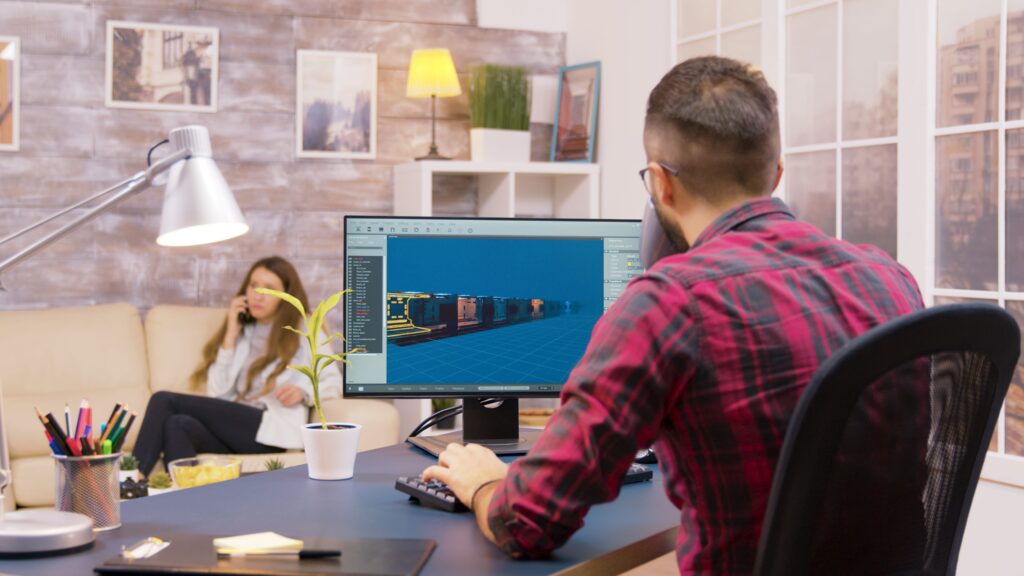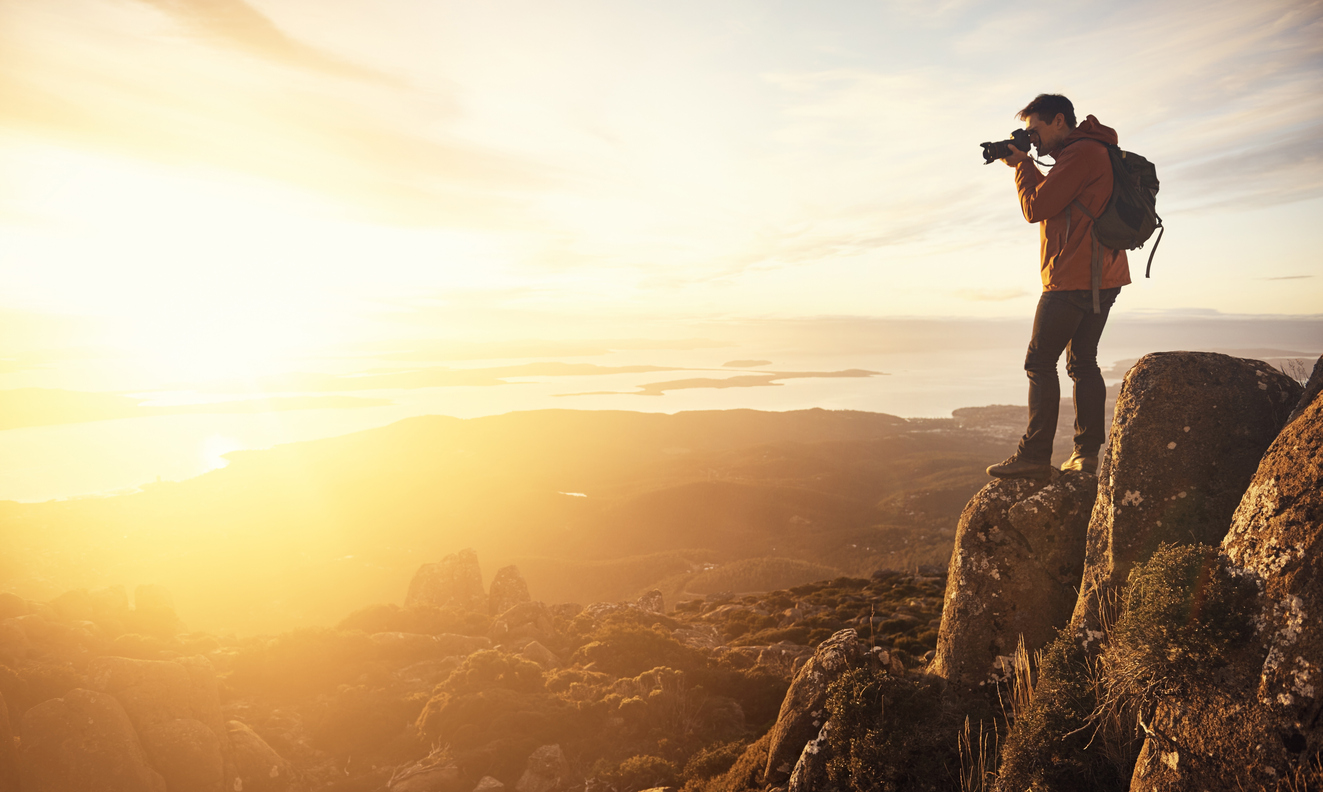Collage Animation
Collage animation is a unique technique that involves creating animations using a mix of different materials such as paper cutouts, photographs, and objects. This approach allows artists to experiment with textures and visual styles, resulting in dynamic and engaging animations that stand out from traditional methods.
Paint-on-glass Animation
Paint-on-glass animation is a mesmerizing technique where artists paint directly on a glass surface to create animations. The transparency of the glass adds a dream-like quality to the animations, and artists can experiment with different paints and brushes to achieve various textures and effects, making each frame a work of art.
Sand Animation
Sand animation is a tactile and sensory approach where artists manipulate sand on a backlit surface to create animations. This technique allows for fluid movements and the evocation of emotions, making it a powerful tool for storytelling. By combining sand animation with other styles, artists can create visually striking effects that resonate with viewers.
Experimental 3D Animation
While 3D animation is a well-established technique, experimenting with unconventional approaches can lead to groundbreaking results. Artists can explore abstract shapes, non-linear narratives, and innovative rendering techniques to create immersive animations that challenge traditional norms. By pushing the boundaries of 3D animation, artists can create engaging and visually stunning works.
Mixed-Media Animation
Mixed-media animation combines various techniques such as hand-drawn animation, stop-motion, and digital animation to create visually rich and conceptually complex works. By blending different styles and mediums, artists can create animations that are both visually stimulating and creatively innovative, pushing the boundaries of traditional animation.
Augmented Reality Animation
Augmented reality (AR) animation merges digital animations with real-world environments through AR technology. By overlaying digital animations onto live camera feeds, artists can create interactive and immersive experiences that blur the lines between the virtual and physical worlds. AR animation offers new storytelling possibilities and audience engagement opportunities.
Experimental Character Animation
Character animation is a fundamental aspect of animation, and experimenting with unique character designs and movements can lead to innovative results. Artists can explore abstract character designs, unconventional movements, and non-traditional storytelling techniques to create animations that resonate with audiences on a deeper level.
By pushing the boundaries of character animation, artists can infuse their creations with personality and emotion.
Interactive Animation
Interactive animation allows viewers to engage with animations in real time, creating dynamic and immersive experiences. By incorporating interactive elements such as clickable hotspots and responsive animations, artists can empower viewers to interact with and influence the outcome of the animation.
Interactive animation blurs the line between passive viewing and active participation, offering a new way for artists to connect with their audience.
Experimental Motion Graphics
Motion graphics combine graphic design, animation, and visual effects to create dynamic and engaging visuals. Experimenting with techniques such as kinetic typography and data visualization can lead to visually striking results.
Artists can explore different styles and treatments to communicate complex ideas and concepts effectively through motion graphics.
Virtual Reality Animation
Virtual reality (VR) animation immerses viewers in interactive 3D environments designed for VR headsets. By creating animations tailored for VR, artists can transport viewers to virtual worlds and allow them to explore and interact with animations in real time.
VR animation offers a new level of immersion and storytelling, providing exciting opportunities for animators to experiment with spatial narratives and immersive experiences.
Key Takeaways:
- Experimental animation pushes creative boundaries and explores unconventional techniques.
- Collage animation uses mixed materials like paper cutouts and photographs for dynamic visuals.
- Paint-on-glass animation creates dream-like effects with unique textures and transparency.
- Sand animation offers fluid, emotional storytelling using tactile manipulation of sand.
- Experimental 3D animation explores abstract shapes and non-linear narratives for innovative visuals.
- Mixed-media animation blends hand-drawn, stop-motion, and digital techniques for visually rich results.
- Augmented reality (AR) animation merges digital content with real-world environments for immersive experiences.
- Experimental character animation explores unconventional designs and movements to enhance emotional impact.
- Interactive animation allows real-time viewer engagement, blending passive viewing with active participation.
- Motion graphics, including kinetic typography and data visualization, create dynamic visuals for complex concepts.
- Virtual reality (VR) animation immerses viewers in interactive 3D environments for enhanced storytelling.
For those looking to further their skills in the dynamic field of animation, consider taking the NYU Animation Industry Essentials online course and certificate program offered by Yellowbrick to excel in this ever-evolving industry.



